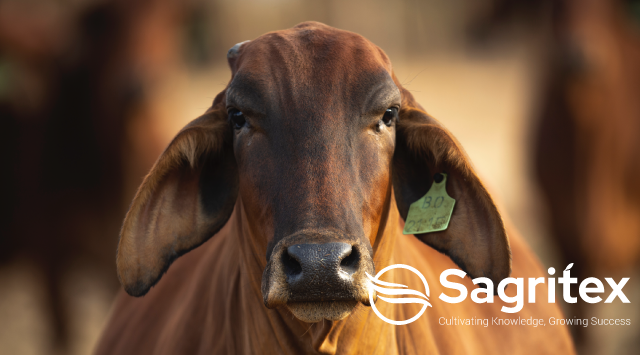
Introduction
Audio-visual methodology is aimed at supporting and empowering people involved in the field of agriculture to define, promote and take full ownership of their own development, as learning is a life-long process. Skills development is a key driver of socio-economic development. Mainstreaming of agricultural development efforts is crucial to ensure congruence and effective deployment of resources.
The livestock sector plays an important part in the agricultural economy. Educated, enthusiastic livestock owners who understand agribusiness and the related methods to reduce their risks, are key to sustainable livestock farming and will play a vital role in supporting and enhancing sustainable agriculture and food security.
Establish a sound health programme. Vaccines and medicines, with improved production practices including advanced techniques and devices will assist with the prevention of diseases and optimizing the efficiency of feed-to-meat conversion.
Who Should Enrol
All people involved in the field of agriculture
Course Design
A way to bolster agricultural production is to develop practical agricultural education systems. A powerful way of doing this is through the use of audio visual modules which is a highly effective and tested methodology to approach, examine and impart knowledge.
This is a comprehensive series of modules that follow a step by step process and can be used in group training or self study – and are structured according to visual training guidelines. This implies defining most of the terminology used and where necessary, supporting the visual storyline with graphics and animation to enhance the learning process and ensure that sustainable knowledge is gained in the learning process.
These modules are designed to do precisely what they are meant to do – and that is to support skills development.
Online Video Series Supporting Agri Skills Development and Best Farming Practices.
Course Content
This course covers the following topics:
- Animal Examination
- Anthrax
- Antibiotics 1 (Herd Health Programme)
- Antibiotics 2 (Product Storage)
- Biosecurity (Management Practices)
- Biosecurity strategies
- Biosecurity
- Bovine Tuberculosis
- Bovine Viral Diarrhoea (BVD)
- Calf Diarrhoea
- Calf health 1
- Calf health 2 (Colostrum Immunity)
- Clinical Evaluation
- Clostridial disease
- Diagnosing Preventing liver Flukes
- Dipping
- External Parasites (Immunisation 1)
- External Parasites (Immunisation 2)
- External Parasites (Immunisation 3)
- External Parasites 1
- Fertility Bulls
- Fertility Cows
- Gall Sickness
- Herd Health (Calves Feedlot)
- Herd Health (Young Calves)
- Immunisation 1
- Immunisation 2
- Immunisation 3
- Immunisation process
- Infectious Bovine Rhinotracheitis (IBR)
- Internal Parasites (Clostridial Disease 1)
- Internal Parasites (Clostridial Disease 2)
- Internal Parasites (Liver fluke 1)
- Internal Parasites (Liver fluke 2)
- Internal Parasites (Roundworm 1)
- Internal Parasites (Roundworm 2)
- Lumpy Skin Disease
- Parasite management
- Practical Tick Control
- Red water
- Respiratory disease 1
- Respiratory Disease 2
- Rift Valley fever
- Three Day Stiffness Disease
- Vaccination Administration 1
- Vaccination Administration 2
- Vaccination Management 1
- Vaccination Management 2
Learning Outcomes
On completion of this video series, candidates will be able to:
Have a better understanding of the importance of having a healthy herd including the following aspects:
- The role and importance of biosecurity
- How to identify and treat external parasites
- How to identify and treat internal parasites
- The importance of an effective immunization programme
- All of this to underline the effect on effective and sustainable beef production
- Teacher: Anna Krynie

